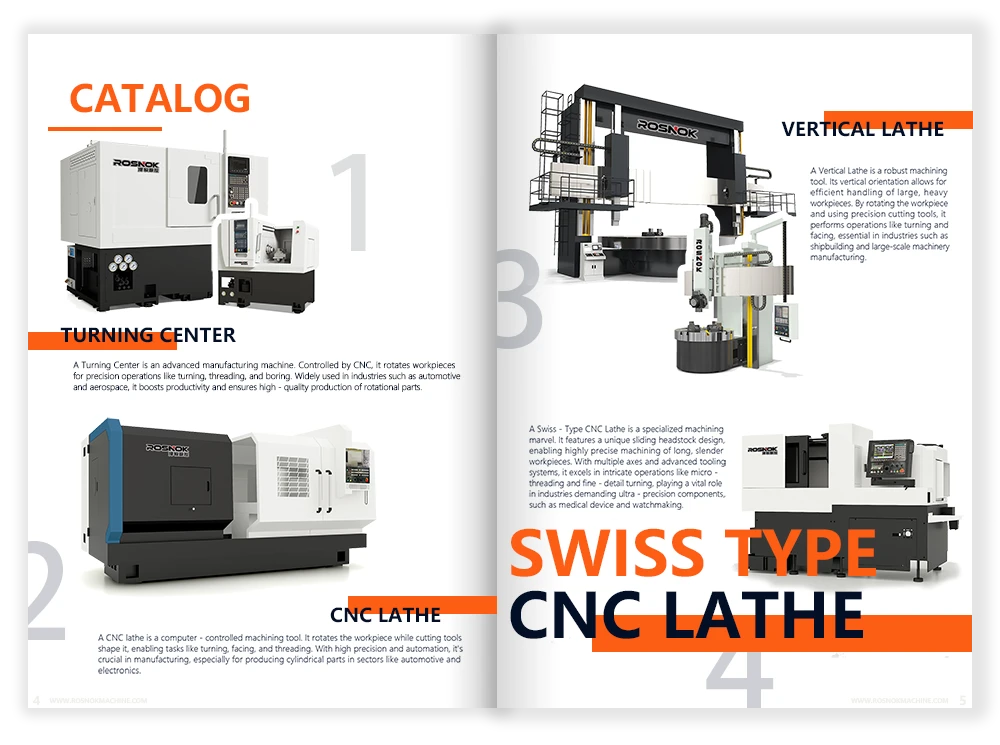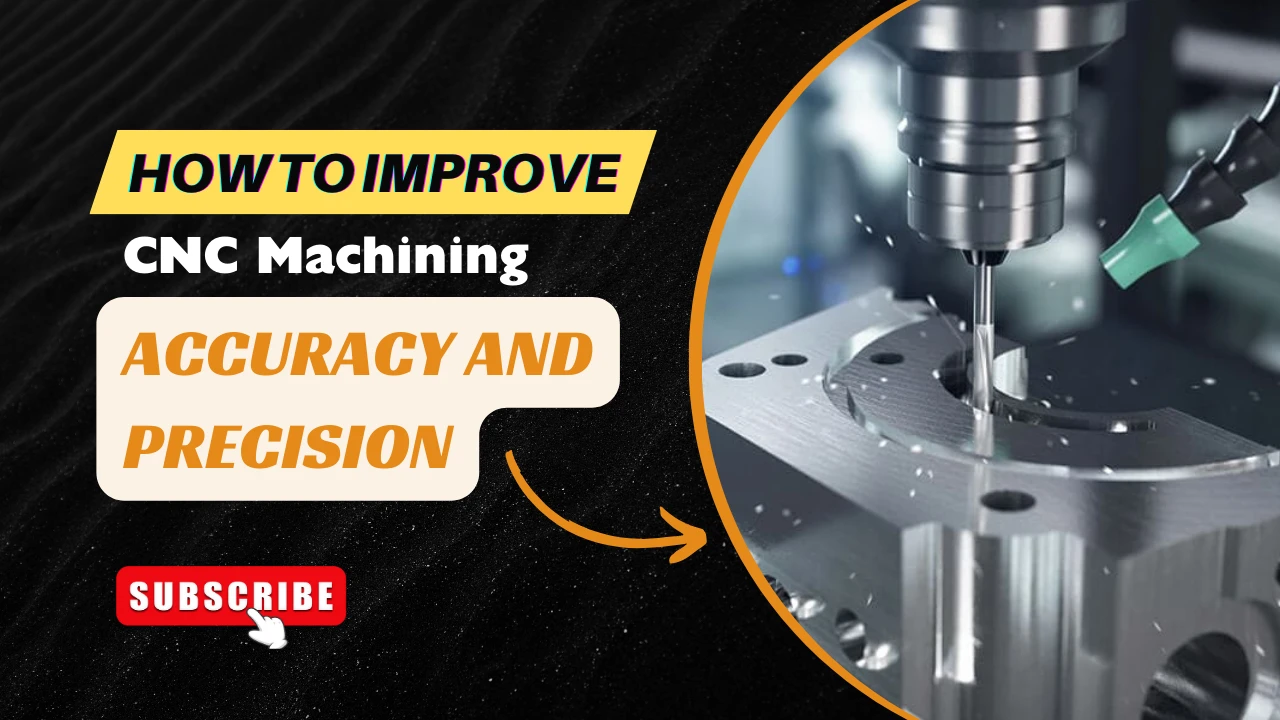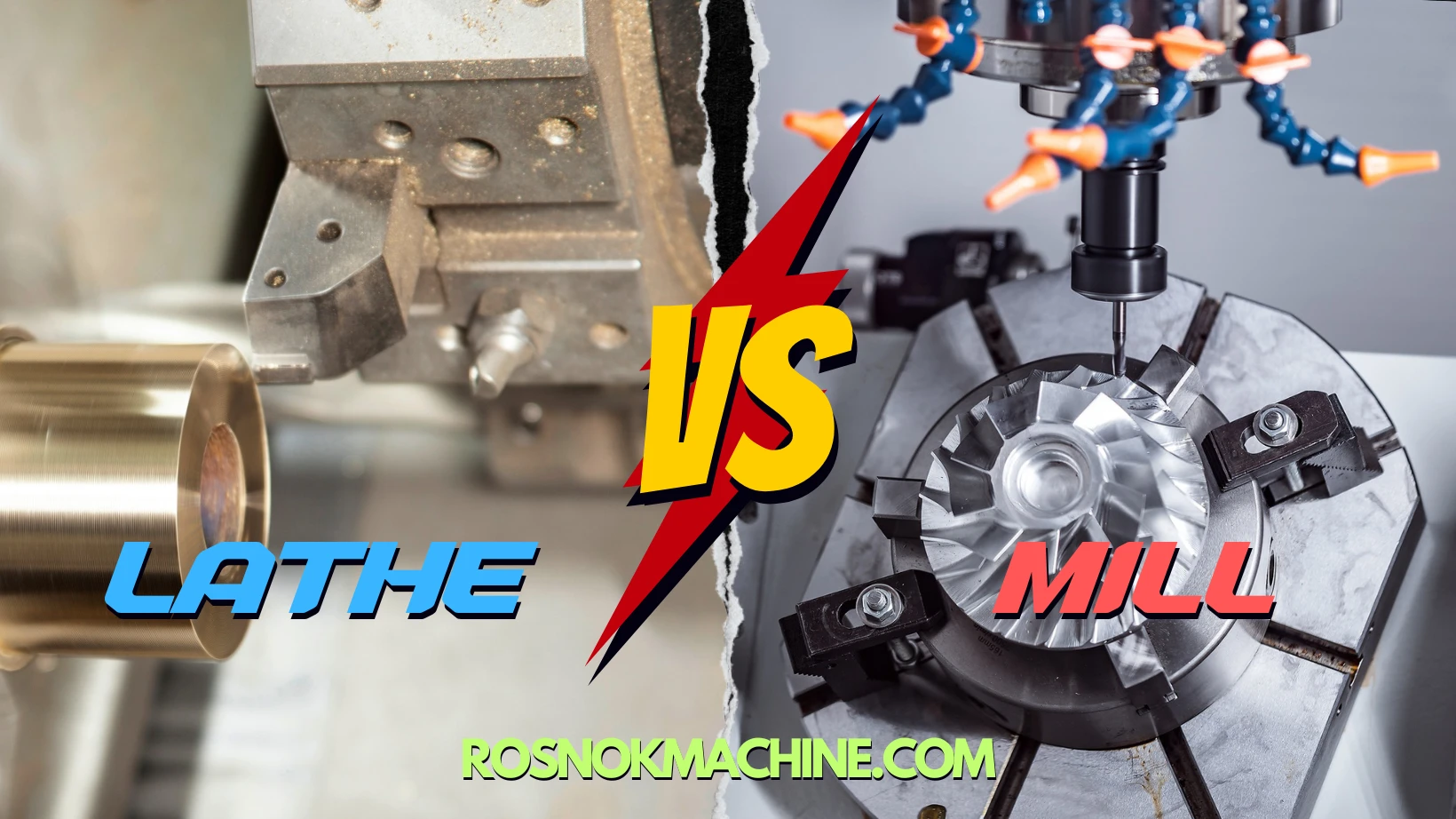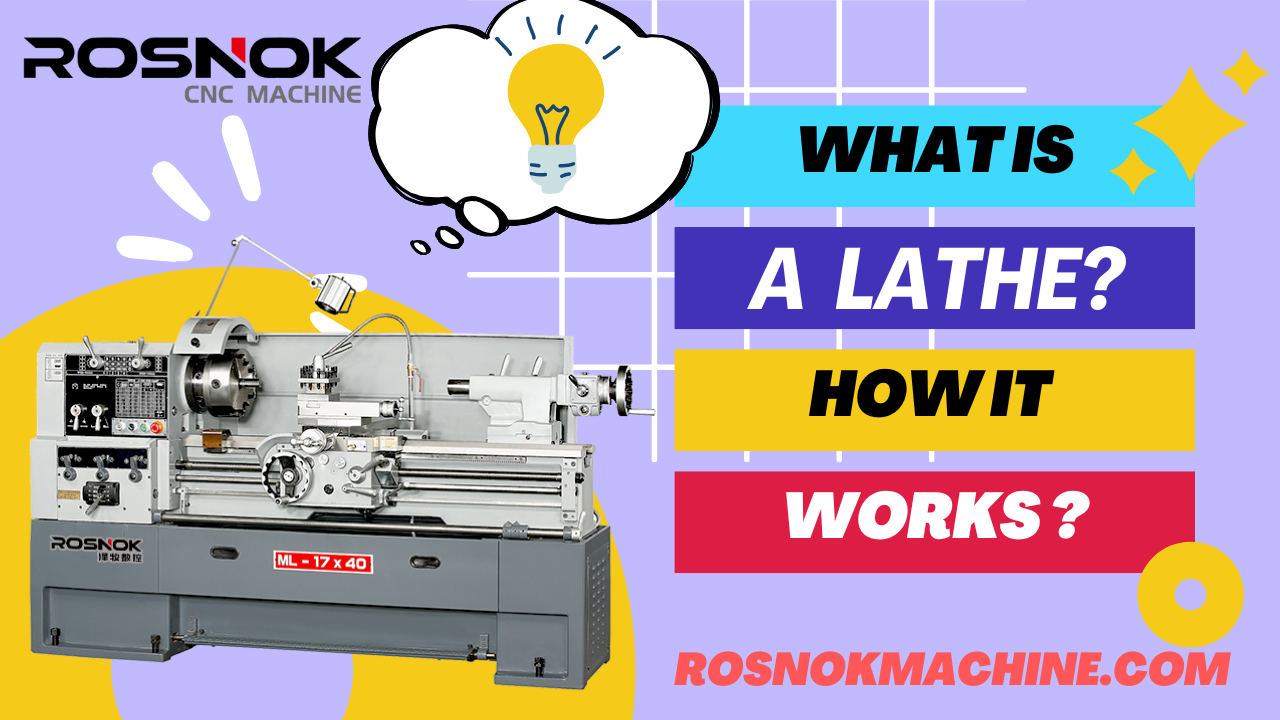Achieving high CNC machining accuracy and precision is crucial for manufacturers in every industry. This article will guide you through proven methods to reduce errors, boost repeatability, and enhance the overall quality of your machining processes.
Studies show that over 60% of CNC machining accuracy issues stem from controllable variables—such as thermal expansion, tool wear, and misalignment. According to a 2022 report from the International Journal of Precision Engineering, proper calibration and environmental stability can improve CNC precision by up to 40%. Experienced machinists also confirm that process consistency, smart toolpath strategies, and real-time monitoring are key to sustaining high CNC machining accuracy in demanding production environments.
By the end of this guide, you’ll have a complete, actionable framework to improve CNC machining accuracy and precision—covering calibration, tooling, process control, and real-world troubleshooting methods. Whether you’re fine-tuning high-precision parts or scaling production, these insights will help you produce better results with greater consistency.
Why CNC Machining Accuracy Matters
In today’s competitive manufacturing landscape, CNC machining accuracy is not just a technical specification — it’s a direct driver of quality, efficiency, and profitability. Whether producing high-tolerance aerospace components, intricate medical devices, or automotive parts in mass production, the ability to maintain dimensional accuracy is what separates top-tier manufacturers from the rest.
Achieving high CNC machining accuracy means parts conform closely to design specifications, reducing rework, scrap, and quality issues. When tolerances are tight, even a 0.01 mm deviation can lead to operational disruptions or component failure. Accurate machining reduces downstream assembly issues, ensures part interchangeability, and builds long-term trust with clients.
From a business perspective, better accuracy leads to better outcomes. It minimizes production variability, lowers material waste, shortens lead times, and optimizes machine usage. For industries operating under ISO, AS9100, or FDA standards, machining accuracy isn’t just a goal — it’s a compliance requirement. As digital manufacturing evolves, accuracy also plays a central role in automation, digital twin fidelity, and smart factory systems.
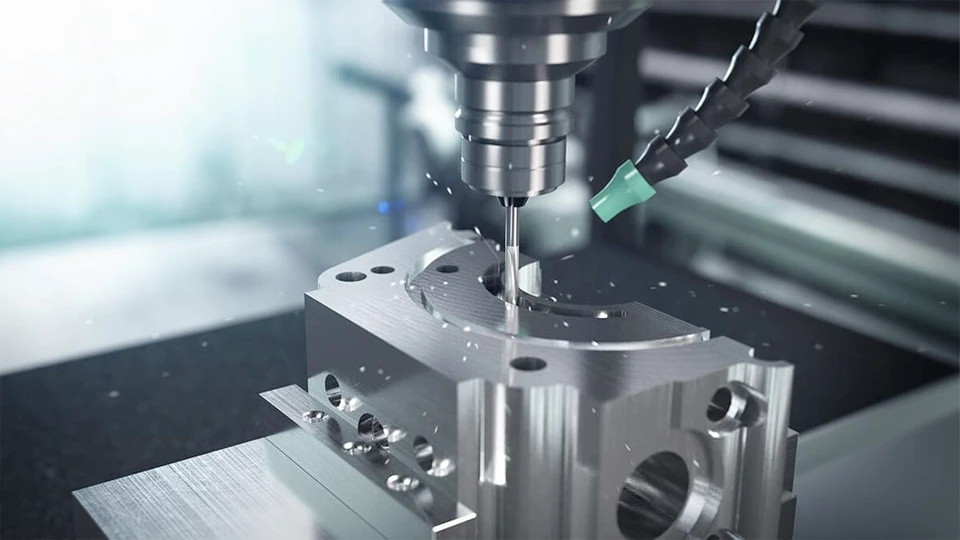
Key Factors That Affect Accuracy and Precision
Achieving consistent CNC machining accuracy and precision requires more than just good equipment — it demands control over a wide range of variables. These include environmental influences, tool condition, machine calibration, programming, and how the material is held during machining. Neglecting any of these can introduce unwanted deviations, affecting both the accuracy (how close you are to the target dimension) and precision (how consistently you hit that target across parts). Below are the most critical factors you must monitor and optimize:
Environmental Conditions
Temperature fluctuations, humidity, and vibrations in the machining environment can have a direct impact on CNC machining accuracy. As metals expand or contract with heat, dimensional stability suffers. Even a few degrees of thermal variation — from internal heat buildup or ambient room changes — can shift tolerances by several microns, a phenomenon known as thermal drift. This becomes especially critical during long machining cycles or when working with high-speed spindles that generate significant heat.
Additionally, vibrations from nearby machines, unbalanced flooring, or inconsistent air conditioning can introduce tool deflection, chatter, and surface finish irregularities, reducing both accuracy and precision. To combat this, climate-controlled workshops, thermal compensation systems, and vibration isolation foundations are essential components of any high-precision CNC setup.
Tool Wear and Selection
Even the best machines can’t compensate for dull or worn-out tools. Tool wear changes the effective cutting edge, which directly impacts dimension control. Over time, this leads to inconsistent surface finishes and loss of accuracy. Choosing the right tool material (e.g., carbide vs. HSS), coating (e.g., TiN, AlTiN), and geometry for the application is equally critical. Tool life management systems and regular inspection schedules help ensure machining precision remains consistent over long runs.
Machine Calibration and Mechanical Stability
Proper calibration ensures the machine’s movements align with its programmed path. Over time, ball screws, linear guides, and servo systems may develop backlash or alignment drift. Without regular maintenance and calibration — including laser alignment and probing system verification — CNC machines gradually lose positional accuracy. Mechanical stability, including a solid machine base and high-rigidity construction, also plays a major role in minimizing unwanted deflections during operation.
Programming and Control Parameters
CNC programming isn’t just about telling the machine what to do — it’s about how it moves. Poorly chosen feed rates, acceleration settings, or interpolation methods can introduce overshooting or excessive tool pressure, both of which affect final part dimensions. CAM software settings must be optimized for material type, tool geometry, and part complexity. Additionally, using features like look-ahead control and high-speed machining algorithms can help improve both CNC machining accuracy and precision.
Material and Workpiece Holding
No matter how precise your toolpaths or machine setup are, if the workpiece isn’t held rigidly, results will vary. Improper fixturing can lead to micro-movements during cutting, creating inconsistent part dimensions. Material properties also play a role: soft metals like aluminum may deform under cutting pressure, while hardened steels may cause tool deflection if not handled with the correct speed and rigidity. Proper fixture design and work-holding pressure are crucial to maintaining tolerances.
When all these factors are controlled together, the result is a stable, predictable machining process capable of delivering high-accuracy and high-precision components consistently. In the next section, we’ll look at practical steps you can take to optimize these areas and elevate your machining performance.
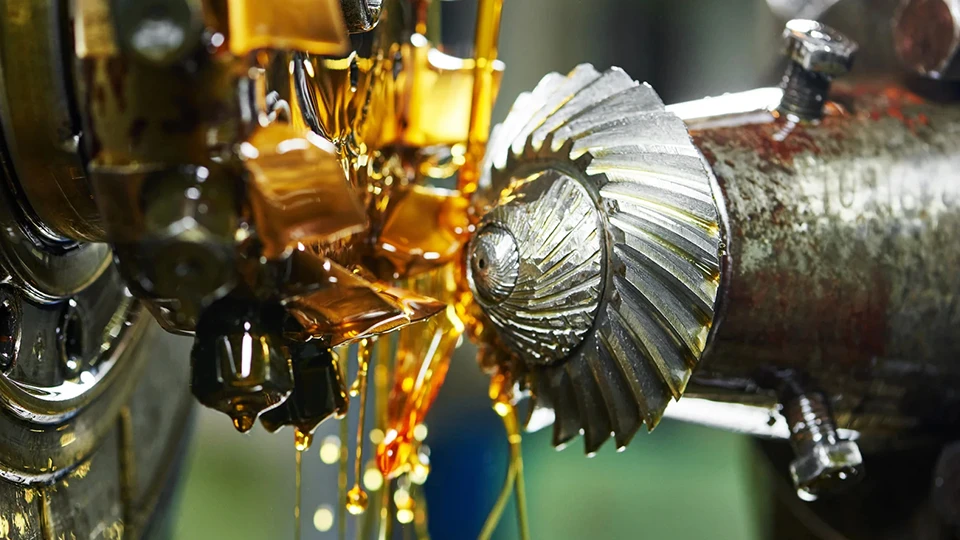
How to Improve CNC Machining Accuracy and Precision: Step-by-Step Guide
Now that we’ve explored the key factors affecting CNC machining accuracy and precision, it’s time to put that knowledge into action. This step-by-step guide walks you through practical methods to enhance your machining results — from proper machine setup and tool selection to process optimization and environmental control. Whether you’re troubleshooting accuracy issues or aiming for tighter tolerances in high-precision machining, these steps offer a solid foundation for achieving reliable, repeatable results.
Step 1: Calibrate Your CNC Machine Correctly
Calibration is the foundation of CNC machining accuracy. Even the most advanced machine tools will produce inaccurate parts if the system is not properly calibrated. Calibration ensures that the machine’s actual movements match the programmed coordinates — both in linear axes and rotational components.
Start by checking the machine’s linear positioning accuracy using laser interferometers or ballbar tests. These tools measure how far off the machine moves from intended positions. If there’s deviation, adjust the axis compensation values accordingly. For rotational axes (such as in 4- or 5-axis machines), use a rotary encoder or a 3D probing system to verify alignment.
Don’t overlook spindle alignment, squareness between axes, and backlash in drive systems. Misalignment or mechanical wear can cause significant dimensional errors over time. Many manufacturers also forget to recalibrate after maintenance or tooling changes — this is a common mistake that undermines CNC machining accuracy.
Establish a regular calibration schedule based on usage intensity. High-volume production environments may need weekly or even daily verification, while smaller shops may get by with monthly checks. Document all calibration data to track machine drift over time and anticipate when service is needed.
Step 2: Use High-Precision Tooling
Tooling plays a central role in CNC machining accuracy and precision. Even if your machine is perfectly calibrated, a worn, unbalanced, or low-tolerance tool will compromise the quality of your output. To achieve consistent dimensional results, you need to invest in high-precision tools and maintain them rigorously.
Start with tool selection. Choose tools that are suited for the material and application, and prioritize those manufactured with tight tolerances. High-precision end mills, drills, and inserts from reputable brands offer better cutting consistency and reduced deflection. Look for features like ground shanks, balanced designs, and advanced coatings (such as TiAlN or DLC) that enhance tool life and stability.
Tool holders matter just as much. Poor-quality or worn-out holders introduce runout, which leads to inconsistent cutting forces and dimensional variation. Use shrink-fit or hydraulic chucks when possible — they provide superior concentricity and vibration damping, critical for precision machining.
Finally, implement a tooling management system. Monitor tool wear through in-machine sensors or scheduled inspections. Replace tools before they degrade accuracy. Combine this with digital tool presetting to ensure every cutter enters the spindle with a known, reliable offset.
By upgrading your tooling strategy, you eliminate one of the most common sources of dimensional variation and bring your CNC machining accuracy to a higher standard.
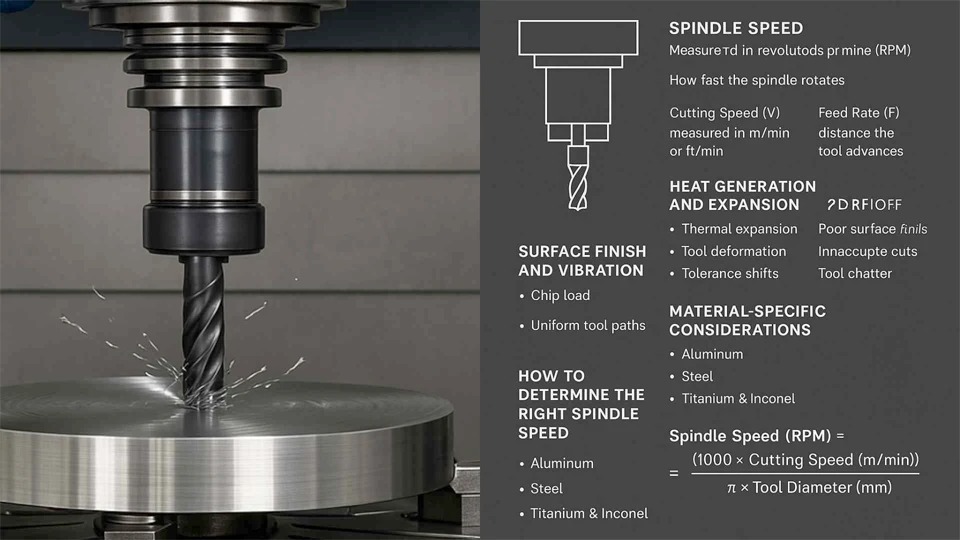
Step 3: Optimize Machining Parameters
The relationship between machining parameters and CNC machining accuracy is often underestimated. Feed rate, spindle speed, depth of cut, and tool engagement angle — these factors directly influence cutting forces, vibration, heat generation, and ultimately, part geometry.
Start by matching parameters to the material. Softer materials like aluminum allow for higher speeds and feeds, but require controlled chip evacuation to prevent surface defects. Harder materials like stainless steel need slower feeds, shallower depths, and enhanced cooling to maintain tool stability and dimensional accuracy.
Use recommended cutting data from tooling manufacturers as a baseline, then fine-tune based on machine behavior and part geometry. Excessive feed rates or depths of cut can induce chatter, cause tool deflection, or overload the spindle, leading to dimensional errors. On the other hand, overly conservative parameters reduce productivity without improving accuracy.
Modern CAM software can simulate machining operations and optimize parameters for both speed and precision. Use features like constant tool engagement, trochoidal milling, and adaptive clearing to reduce load variation and improve repeatability. Also, consider “ramp-in” strategies for plunges and multi-step finishing passes to avoid part distortion during final cuts.
Optimizing machining parameters is not just about cutting faster — it’s about cutting smarter. When properly balanced, your process becomes more stable, predictable, and accurate across a wide range of parts.
Step 4: Control the Machining Environment
Environmental stability is a frequently overlooked but critical factor in CNC machining accuracy and precision. Temperature, humidity, air flow, and even floor vibrations can all subtly influence how machines behave and how materials respond during cutting.
Thermal expansion is the most common environmental issue. As machines and workpieces heat up during long machining cycles, even minor temperature changes can lead to dimensional drift. That’s why maintaining a consistent ambient temperature is essential — even a ±1°C shift can cause measurable errors in both tool paths and part dimensions.
Humidity and air pressure can also affect the performance of pneumatic systems and certain sensitive materials. In extreme cases, high humidity can cause condensation inside enclosures, leading to corrosion or signal degradation in sensors.
Vibrations — from neighboring machines, foot traffic, or an uneven shop floor — can cause tool chatter, surface finish defects, and inconsistent dimensional output. Anti-vibration mounts, isolated foundations, and shock-damping pads are cost-effective solutions to maintain mechanical stability.
Ideally, your CNC workshop should be climate-controlled, especially if you’re machining medical, aerospace, or optical components. Even if full environmental control isn’t feasible, steps like insulating machine bases, stabilizing tool storage temperatures, and controlling airflow near the machine can significantly improve both accuracy and precision.
Step 5: Implement Real-Time Monitoring and Feedback
No matter how well you calibrate your machine or optimize parameters, dynamic changes during machining can still introduce accuracy and precision errors. That’s where real-time monitoring and feedback systems come into play — providing instant data to help detect, correct, or prevent issues before they affect the final part.
Advanced CNC systems can monitor spindle load, vibration, temperature, and positional accuracy in real time. These values help identify anomalies such as tool wear, excessive force, thermal drift, or axis backlash as they happen. Some machines use closed-loop systems with encoders and feedback sensors to automatically compensate for positioning errors, especially during high-speed or multi-axis machining.
Machine learning and AI-based monitoring tools are also being adopted to predict when deviations are likely to occur. These systems analyze historical machining data and issue early warnings or adjust parameters on the fly. Even simpler setups — like tool life monitoring or in-process probing — can dramatically improve CNC machining accuracy by keeping operations within tolerance.
By adopting real-time feedback, you move from reactive correction to proactive control. This not only reduces scrap and downtime but also ensures consistent part quality across long production runs.
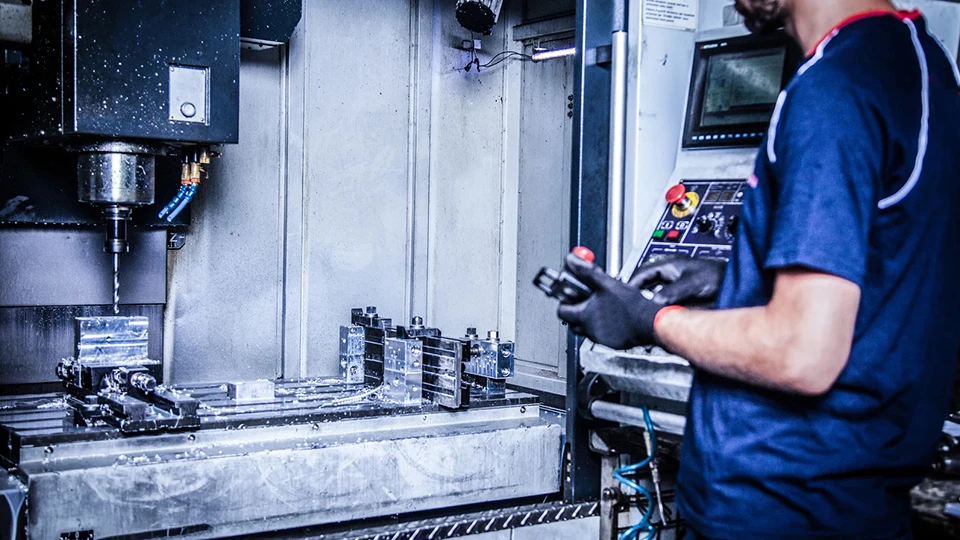
Avoid These Strategic Mistakes That Undermine Accuracy and Precision
Not all accuracy problems come from the machine itself. In many cases, the real issues start with how machining strategy, decision-making, or team expectations are shaped. From working with CNC teams across industries, we’ve noticed some recurring strategic-level mistakes — not technical errors, but mindset traps.
1. Believing Higher Machine Cost Guarantees Higher Accuracy
It’s a common assumption: buy a more expensive CNC, get better parts. But without proper setup, calibration routines, and operator training, even premium machines will underperform. Accuracy comes from how you use the machine, not just how much it cost.
2. Confusing Precision with Accuracy
Many teams believe if their parts are “all the same,” the process must be accurate. But high repeatability (precision) doesn’t mean the parts match the target dimensions (accuracy). You might be consistently wrong. It’s essential to measure both.
3. Ignoring Operator Influence
Some shops invest in machines but underinvest in training. Operator habits — like tool loading, fixture setup, or even warm-up routines — heavily influence precision. A skilled machinist can often outperform an untrained one, even on a less advanced machine.
4. Relying Too Heavily on Software Simulation
CAM systems are powerful, but real-world factors like workholding deflection, thermal distortion, or machine backlash don’t always show up in the simulation. Without test cuts or validation passes, you risk trusting a virtual model more than physical reality.
5. Prioritizing Speed Over Stability
Pushing feed rates and depths to maximize throughput often leads to increased heat, vibration, and tool wear — all of which reduce dimensional accuracy. Slower, stable cuts may yield better overall efficiency when scrap and rework are considered.
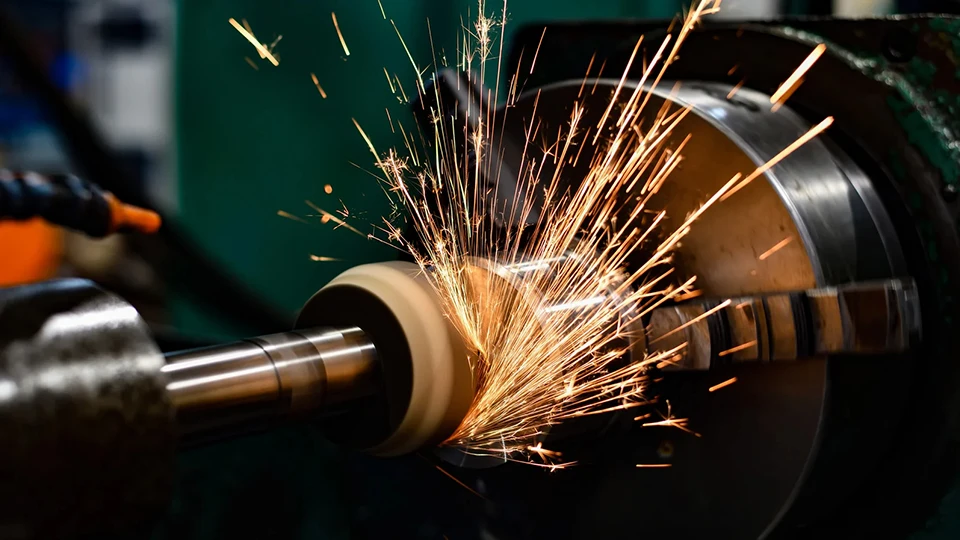
Conclusion
Throughout this guide, we’ve explored the key factors that influence CNC machining accuracy and precision, from environmental stability and machine calibration to tooling choices and real-time feedback systems. We also walked through a step-by-step approach to enhancing your processes — showing how smart adjustments in parameters, materials, and setup can lead to measurable improvements in both dimensional accuracy and repeatability. By avoiding common strategic mistakes and developing a mindset rooted in quality control, manufacturers can significantly reduce waste, improve consistency, and stay competitive in high-precision industries.
Ultimately, achieving better CNC machining accuracy depends not only on technique but also on selecting equipment that meets your specific needs. At Rosnok, we focus on building reliable, high-performance CNC machines that support manufacturers seeking consistent results and practical precision, whether in small workshops or large-scale production lines.
